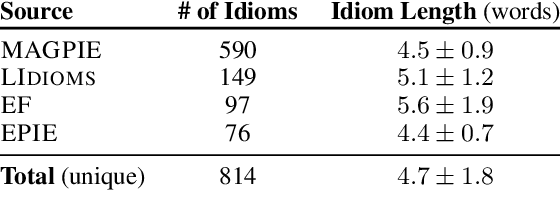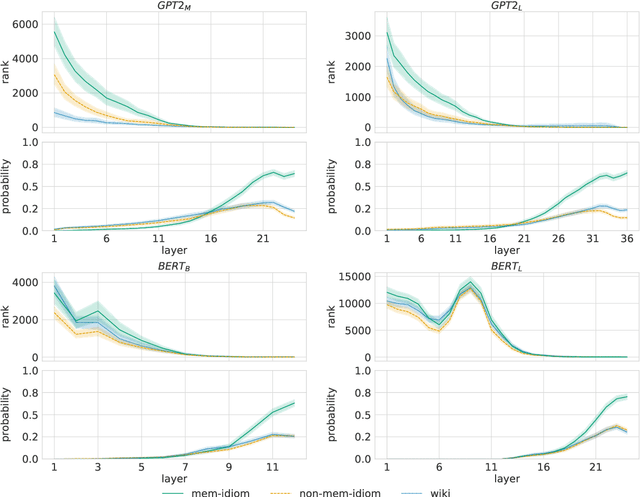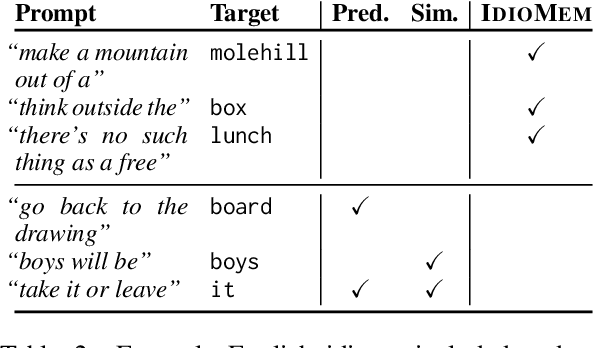Understanding Transformer Memorization Recall Through Idioms
Paper and Code
Oct 11, 2022



To produce accurate predictions, language models (LMs) must balance between generalization and memorization. Yet, little is known about the mechanism by which transformer LMs employ their memorization capacity. When does a model decide to output a memorized phrase, and how is this phrase then retrieved from memory? In this work, we offer the first methodological framework for probing and characterizing recall of memorized sequences in transformer LMs. First, we lay out criteria for detecting model inputs that trigger memory recall, and propose idioms as inputs that fulfill these criteria. Next, we construct a dataset of English idioms and use it to compare model behavior on memorized vs. non-memorized inputs. Specifically, we analyze the internal prediction construction process by interpreting the model's hidden representations as a gradual refinement of the output probability distribution. We find that across different model sizes and architectures, memorized predictions are a two-step process: early layers promote the predicted token to the top of the output distribution, and upper layers increase model confidence. This suggests that memorized information is stored and retrieved in the early layers of the network. Last, we demonstrate the utility of our methodology beyond idioms in memorized factual statements. Overall, our work makes a first step towards understanding memory recall, and provides a methodological basis for future studies of transformer memorization.
 Add to Chrome
Add to Chrome Add to Firefox
Add to Firefox Add to Edge
Add to Edge